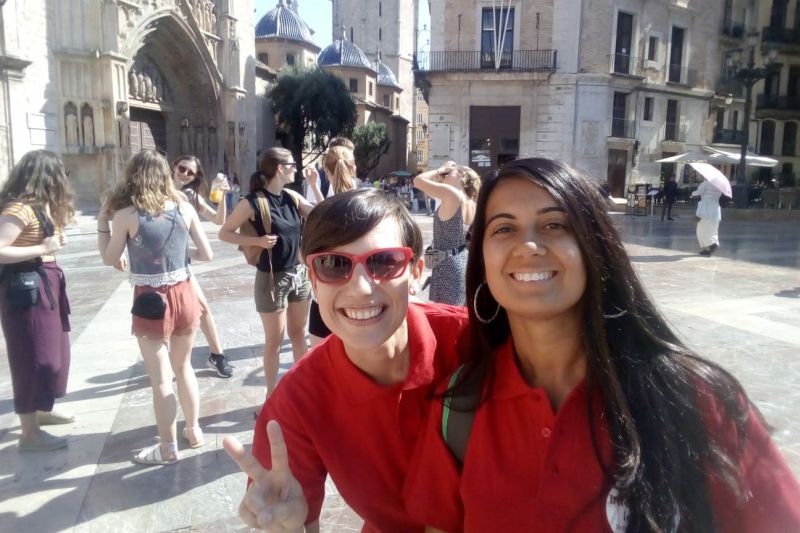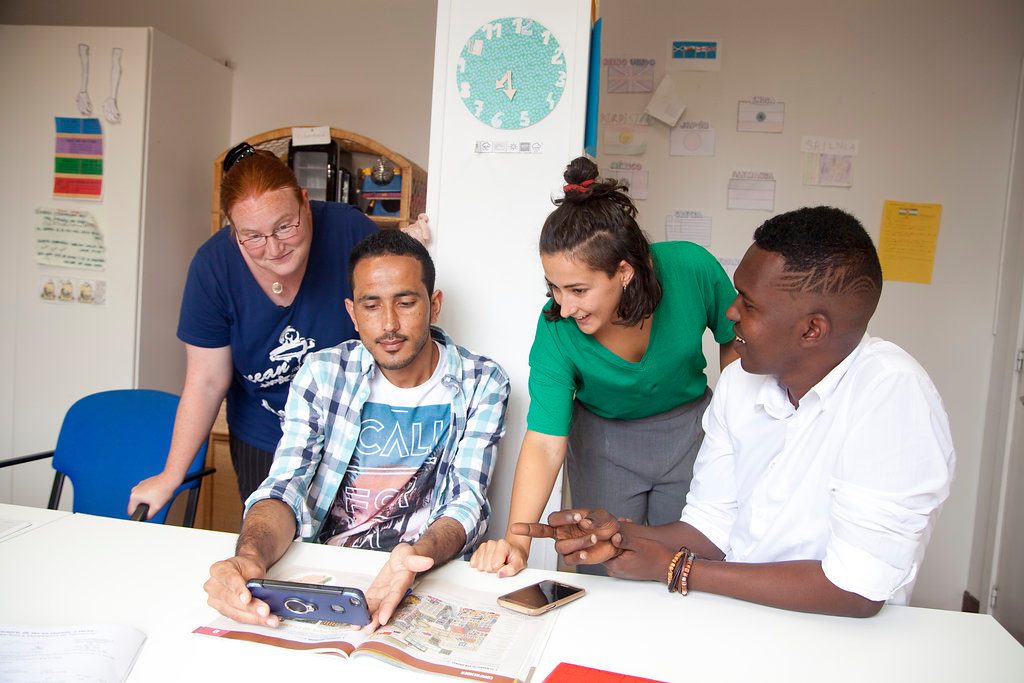Have you ever wondered why many Spaniards take an extended lunch break that lasts longer than an hour? Or why many stores are closed between 2 and 5 pm? The answer is: siesta. Siesta is a Spanish tradition that involves a short rest or nap after lunch. But what is the origin, meaning and rules of the siesta in Spain? And how can a foreigner attending a Spanish course in Spain adapt to it? In this blog article, we will answer these questions and give you some tips on how to enjoy and respect the siesta in Spain.
The history and purpose of the siesta in Spain
The siesta has a long and fascinating history dating back to ancient times. The ancient Greeks and Romans already practiced a midday rest as a time for relaxation, meditation and creativity. Later, Spanish farmers adopted the siesta to escape the heat and sun and restore their strength for work in the afternoon. The siesta was also brought by the Spanish colonizers to other countries such as Latin America, the Philippines or North Africa.
The siesta also offers scientific and health benefits that have been confirmed by numerous studies. It helps to lower blood pressure, reduce stress, improve memory, increase productivity and strengthen the immune system. In addition, the siesta is an opportunity to cultivate social relationships, as it is often spent with family or friends. It is therefore not just a sign of laziness or lavishness, but a source of well-being and joie de vivre.
The variations and rules of the siesta in Spain
However, the siesta is not the same or obligatory throughout Spain. There are different variations and rules that vary depending on the region, sector, season or personal preference. In general, it can be said that the siesta is more pronounced in rural areas and in the south of Spain than in urban areas and in the north of Spain. The siesta is also less common or more flexible in tourist areas or in international companies. The siesta usually takes place between 2pm and 5pm, which is also the usual meal time in Spain. During this time, businesses close and employees go home to have a hearty meal, possibly followed by a nap.
There are also some unwritten rules during siesta that foreigners should follow in order to respect and adapt to Spanish culture. Avoiding loud noises, not planning important appointments and showing patience are important aspects of this.
Tips and advantages of the siesta in Spain
As a foreigner attending a Spanish course in Spain, you can adapt well to the siesta:
- Use the siesta as an opportunity to learn the Spanish language and culture. Read a book, listen to a podcast or improve your Spanish skills in a creative way.
- Adapt your daily routine to the siesta. Organize your day so that the siesta is a natural break in your routine. Attend your Spanish course in the morning, treat yourself to a light meal at lunchtime, take a siesta in the afternoon and enjoy your leisure activities in the evening.
- Respect other people’s siestas. Avoid loud noises, don’t schedule important appointments and show understanding and patience towards Spaniards who use this time to relax.
Conclusion
The siesta in Spain is a pleasant tradition that is not only relaxing but also beneficial to health. With its different variations and rules, it offers an interesting facet of Spanish culture. As a foreigner, you can use the siesta to deepen your language and culture, adapt your daily routine and respect the peace and quiet of others. Enjoy the siesta as an opportunity to experience life in Spain to the full.
I can only recommend the school 🙂 It always offers nice excursions and you get to know lots of nice people from all over the world, new friendships develop quickly and you can improve your Spanish a lot 🙂
LEARN SPANISH IN SPAIN
🌅 Picture yourself strolling through sun-kissed Spanish streets, surrounded by the melody of native speakers. What would you do to make this dream a reality? Solution: Enroll in a Spanish course in Spain for an authentic language immersion! 🇪🇸📚
Check out our programmes here. We offer a variety of courses for all levels and needs, and we have locations in different cities and regions of Spain. We also provide accommodation, activities, and support to make your stay as comfortable and enjoyable as possible.
Don’t miss this opportunity to learn Spanish in Spain with us. Contact us today and start your journey to Spanish fluency and happiness. ¡Hasta pronto!
🍇🥘🎉💃


